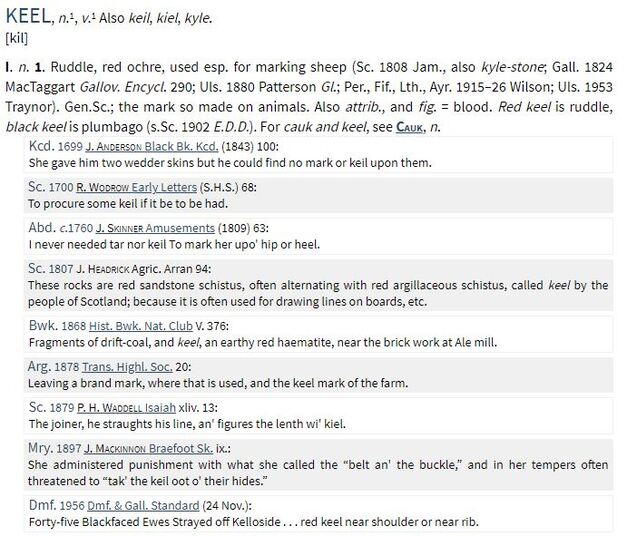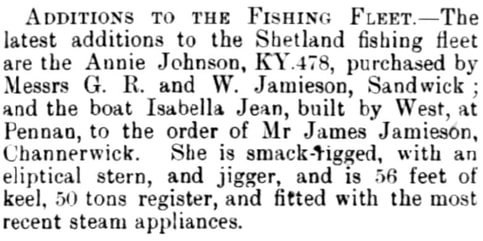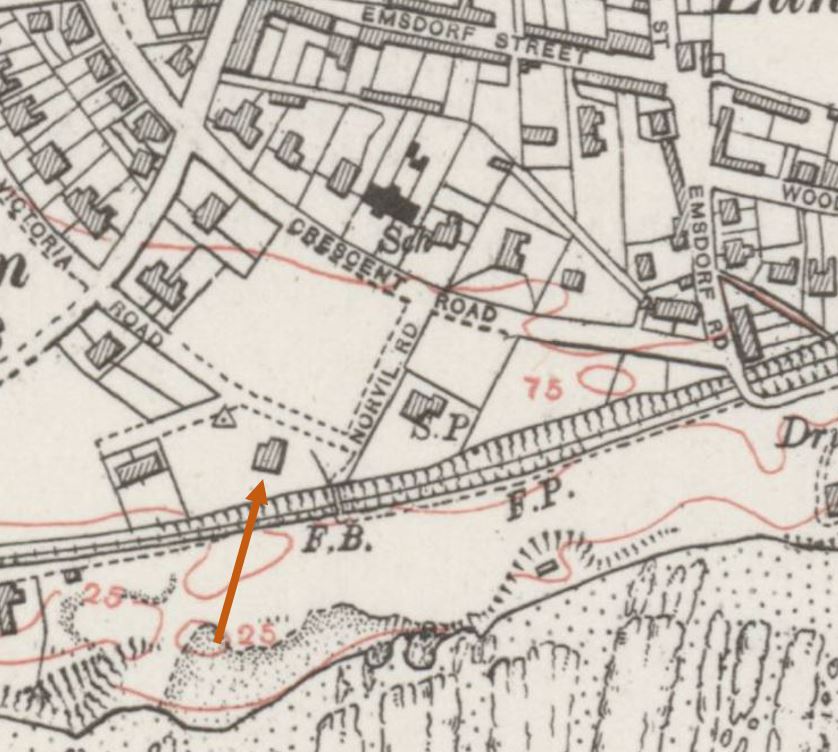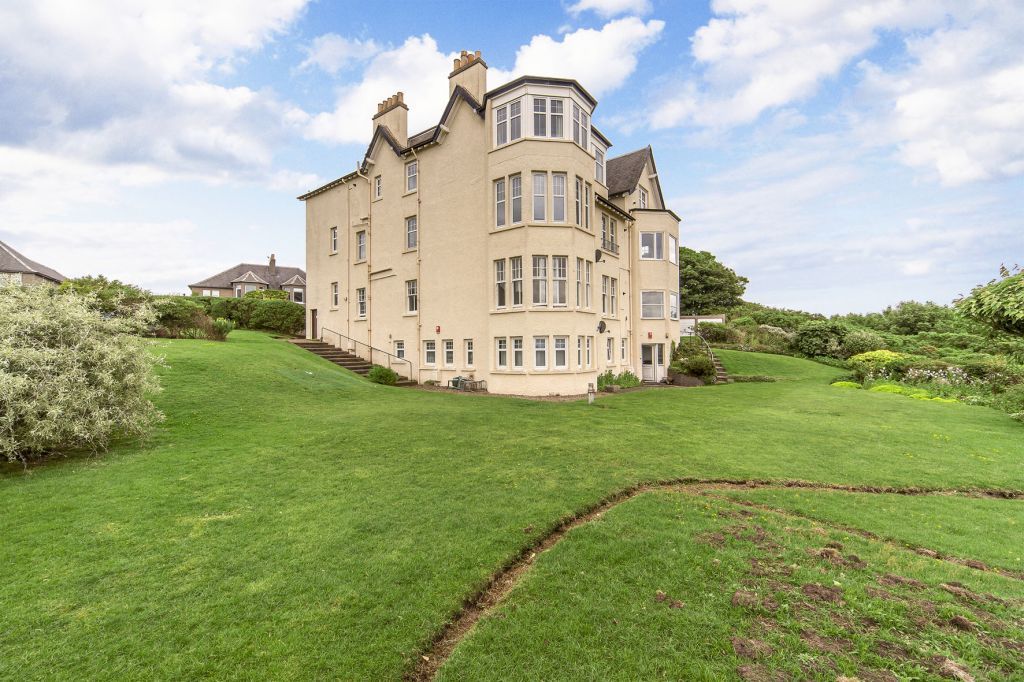The word 'Keil' is a very familiar one in Largo. The Keil Burn intersects the Parish, from Pirrwindy (where it forms at the confluence of the Gilston Burn the Boghall Burn), flowing south for a couple of miles before emptying into the sea at Largo Harbour (pictured above). For much of its journey, the burn flows through Keil's Den - the long, narrow glen of ancient woodland that stretches north to south. Several local buildings have had names that reflect their proximity to the burn and den, including Keil Bank Cottage, Keil's Den Cottage and Keilside Bakery. So what might the origins of the word 'Keil' be?
The Fife Place Name database makes a credible suggestion below in its entry for the Keil Burn. Essentially, this states that the name derives from the Scots word 'keel' meaning red ochre (see entry from Dictionary of the Scots Language further below). There are deposits of ochre in several places in the parish of Largo, While much of this is yellow ochre, it can be converted to red ochre by heating.
Old maps show that Keil's Den (shown in the two photographs below) was 'worked' in the past. Three quarries are marked on the 1854 OS Map, as shown further below. Perhaps ochre was extracted from somewhere within or close to the Keil Burn at some point in its history, bringing about the name (which is thought to have been in use since the late eighteenth century). The ochre trade was a notable old industry in neighbouring Scoonie Parish, with considerable quantities exported from Leven Harbour in the early nineteenth century, having been wrought on the Durie and Aithernie estates. Ochre was often used as a pigment in the external painting of buildings, giving them a distinctive yellow or orange appearance. Kennoway Den was also a source of red "keel", used in the marking of sheep (according to the Leven Advertiser, 11 May 1905).
The 1851 advert below for the sale of the estates of Lundin and Aithernie mentions a field of ochre (16 October Edinburgh Evening Courant). A document detailing an 1871 rental rise at Sunnybraes Farm includes an 'ochre rent' as part of the rental. The British Geological Survey notes ochre beds on the shore at Largo at a few different points in their report on economic minerals in Scotland. So ochre was/is certainly around the area. If you have thoughts on the ochre or 'keel' theory of the Keil name, or if you have an alternative theory, please comment!



















 RSS Feed
RSS Feed
